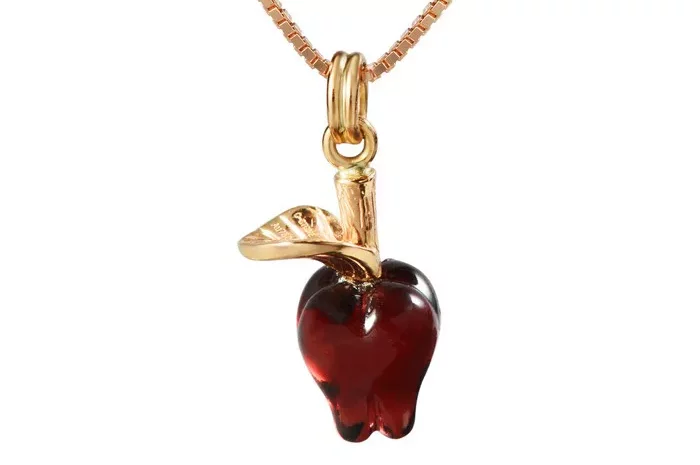Ruby, with its rich red color and timeless beauty, is one of the most prized gemstones in the world. Known for its rarity, durability, and symbolism, ruby has been treasured for centuries by royalty, celebrities, and gemstone enthusiasts alike. If you’re curious about the cost of ruby and what makes it so valuable, you’ve come to the right place. In this article, we’ll explore the factors that influence the price of ruby and provide insights into its market value.
Understanding Ruby
Ruby is the red variety of the mineral corundum, which also includes sapphires in all other colors. Its red color is due to the presence of chromium within the crystal structure, which gives ruby its vibrant hue. The finest rubies exhibit a deep, intense red color known as “pigeon’s blood,” which is highly prized in the market.
Ruby is one of the hardest gemstones, second only to diamond on the Mohs scale of hardness. This durability, combined with its rarity and beauty, makes ruby a highly desirable gemstone for use in jewelry. Rubies are typically faceted to enhance their brilliance and fire, although some specimens may be cut en cabochon to showcase their color and clarity.
Factors Affecting the Value of Ruby
Several factors influence the value of ruby, including the following:
Color: The most important factor in determining the value of ruby is its color. The finest rubies exhibit a pure, vibrant red color with excellent saturation and consistency. Stones with a slight purplish or orangish hue may be less valuable than those with a true red color. The most prized rubies are those with a vivid, intense red color known as “pigeon’s blood,” which can command premium prices in the market.
Clarity: Clarity refers to the presence of inclusions, or internal characteristics, within the ruby. While some inclusions are acceptable and may even enhance the stone’s beauty, high-quality rubies exhibit excellent clarity with minimal visible inclusions. Stones with good clarity are more valuable than those with visible inclusions or flaws.
Cut: The cut of a ruby can greatly affect its beauty and overall value. Well-cut rubies exhibit optimal proportions, symmetry, and polish, enhancing their brilliance and fire. Popular cuts for rubies include round, oval, cushion, and emerald cuts, although other fancy shapes may also be available. A high-quality cut can maximize the stone’s color, minimize any potential color zoning or extinction, and create an attractive play of light within the gemstone.
Carat Weight: As with other gemstones, the size of a ruby can significantly affect its value. Larger rubies are rarer and thus more valuable than smaller stones. However, the price per carat tends to increase exponentially as the carat weight of the ruby increases, meaning that larger stones can be significantly more expensive on a per-carat basis.
Origin: The geographic origin of a ruby can also influence its value and desirability. Certain sources are known for producing rubies with specific colors or characteristics that are highly prized in the market. Some of the most renowned sources of rubies include Myanmar (formerly Burma), Thailand, Sri Lanka, and Mozambique.
How Expensive Is Ruby?
The price of ruby can vary widely depending on factors such as color, clarity, cut, size, and origin. In general, high-quality rubies can range in price from a few hundred dollars per carat for lower-grade material to tens of thousands of dollars per carat for top-quality stones.
For example, a high-quality ruby with a vibrant red color, excellent clarity, and a well-cut faceted shape can command prices of several thousand dollars per carat or more. The most exceptional rubies, such as those with a vivid “pigeon’s blood” color and exceptional clarity, can fetch prices of tens of thousands of dollars per carat or even more.
On the other hand, lower-grade rubies with less desirable color, clarity, or cut may be more affordable and accessible, with prices ranging from a few hundred dollars per carat to several thousand dollars per carat.
It’s important to note that the value of ruby can also be influenced by market trends, supply and demand dynamics, and cultural factors. As with any gemstone, it’s essential to purchase ruby from reputable dealers who can provide information about the stone’s characteristics, origin, and market value.
Conclusion
In conclusion, ruby is a highly prized gemstone known for its rarity, durability, and vibrant red color. The value of ruby can vary widely depending on factors such as color, clarity, cut, size, and origin. While high-quality rubies with vivid color, excellent clarity, and large size can command premium prices in the market, lower-grade material may be more affordable and accessible.
Whether you’re seeking a rare and valuable specimen for your collection or a beautiful gemstone for a piece of jewelry, ruby offers a wide range of options to suit every taste and budget. With its timeless beauty, rich symbolism, and enduring appeal, ruby continues to captivate and inspire people around the world.


